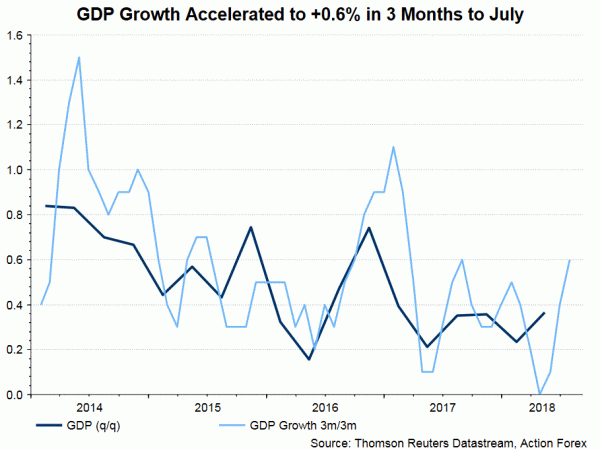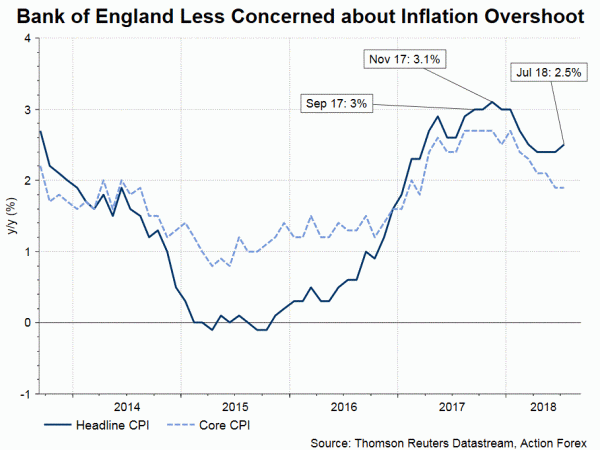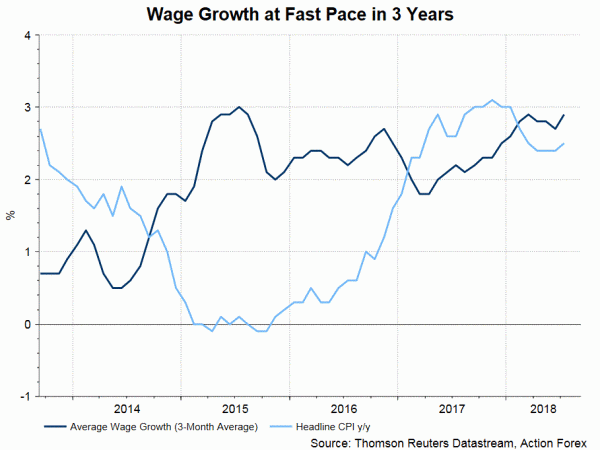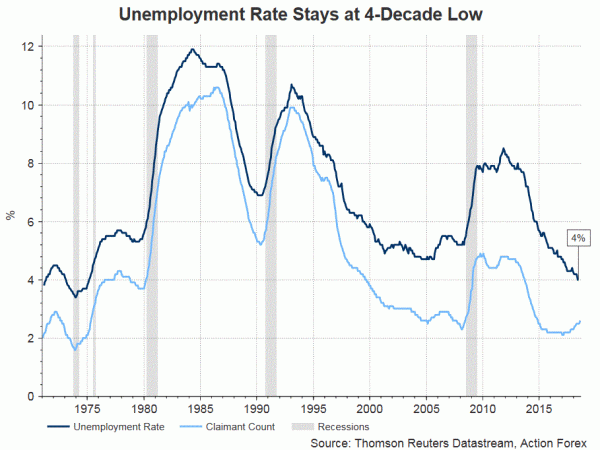Following the August rate hike, BOE would likely keeps its powder dry at least until the Brexit Withdrawal deal is finalized. Macroeconomic indicators released since the last meeting contain both upside and downside surprises. Yet, the overall developments should keep BOE’s policy path, rate hike at “a gradual pace and to a limited extent”, intact. Meanwhile, we do not expect the meeting announcement would have much impact on the movement of British pound, which has been directed by Brexit headlines.
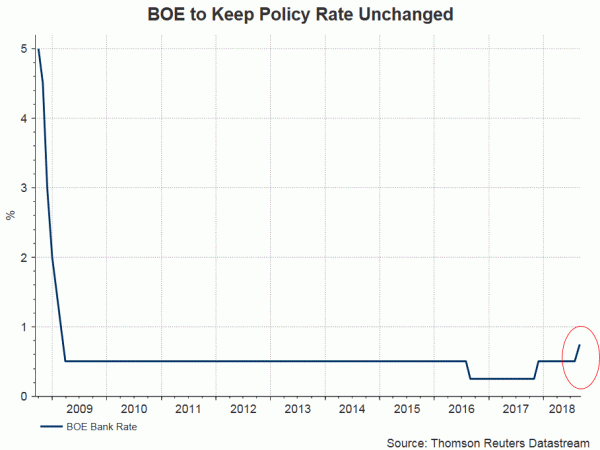 GDP expanded +1.6% m/m in July, accelerating from +1.3% a month ago. This also beat consensus of +1.4% growth. From a 3m/3m basis, GDP growth accelerated to +0.6%, compared with +0.4% in 2Q18 and market expectations of +0.5%. Looking in the details, service sector output gained +0.3% m/m, driven by consumption related to World Cup. Meanwhile, construction activity soared +0.58% y/y. As noted in ONS’ accompanying statement, “growth in the economy picked up in the three months to July. Services grew particularly strongly, with retail sales performing well, boosted by warm weather and the World Cup. The construction sector also bounced back after a weak start to the year”. It also noted that “production fell back, with manufacturing again slipping a little while energy generation and supply fell due to reduced demand”.
GDP expanded +1.6% m/m in July, accelerating from +1.3% a month ago. This also beat consensus of +1.4% growth. From a 3m/3m basis, GDP growth accelerated to +0.6%, compared with +0.4% in 2Q18 and market expectations of +0.5%. Looking in the details, service sector output gained +0.3% m/m, driven by consumption related to World Cup. Meanwhile, construction activity soared +0.58% y/y. As noted in ONS’ accompanying statement, “growth in the economy picked up in the three months to July. Services grew particularly strongly, with retail sales performing well, boosted by warm weather and the World Cup. The construction sector also bounced back after a weak start to the year”. It also noted that “production fell back, with manufacturing again slipping a little while energy generation and supply fell due to reduced demand”.
Headline CPI climbed higher to +2.5% y/y in July, up from +2.4% a month ago. Core CPI, excluding volatile food and fuel prices, steadied at +1.9%. It is the first time in 2018 that inflation has picked up. Like other central banks in advanced economies, BOE has set its inflation target at +2%. The central bank did raised the policy rate late last year so as to tame inflation which has peaked in +3.1% in November, mainly driven by higher import costs as a result of post-Brexit referendum selloff of British pound. The mild pick up in July inflation should not be a concern for BOE.
The employment situation remains resilient. The unemployment rate in the three months through July stayed at 4 decades’ low of 4%. The biggest surprise came from wage growth. Average weekly earnings (excluding bonuses) in the three months to July jumped +2.9% y/y, up from +2.7% in June. This marks the strongest rate for three years.
However, business sentiment weakened further. Markit’s services PMI rose to 54.3 in August, up from 53.5 a month ago. However, business optimism fell to a 5- month low and “remained subdued in comparison to the long-run survey average”. As Markit suggested, “business expectations for the year ahead meanwhile sank markedly lower, down across all three sectors to one of the lowest levels seen since the EU referendum, largely reflecting increased anxiety over Brexit negotiations”. It added that “given the increasingly unbalanced nature of growth and the darkening business mood, risks to the immediate outlook seem tilted to the downside”.
Following the unanimous rate hike of +25 bps in August, the members would likely to stand on the sideline and reiterate that “any future increases in Bank Rate are likely to be at a gradual pace and to a limited extent”. While wage growth and GDP growth came in stronger than expected, these should not change the members’ policy stance. They would prefer to wait for more details about the Brexit deal before another move.




